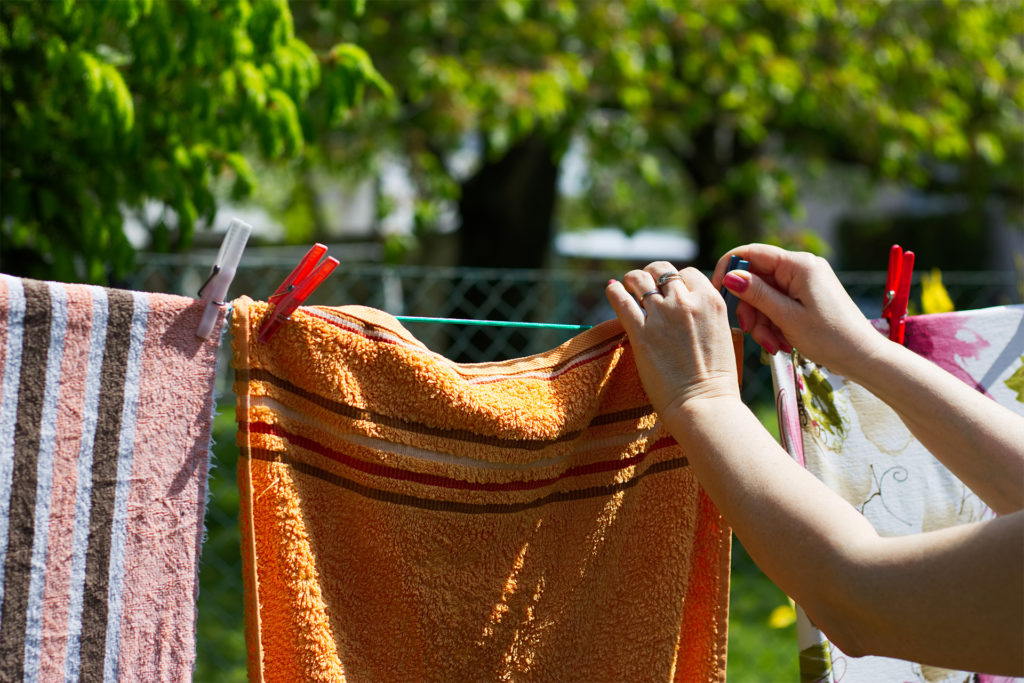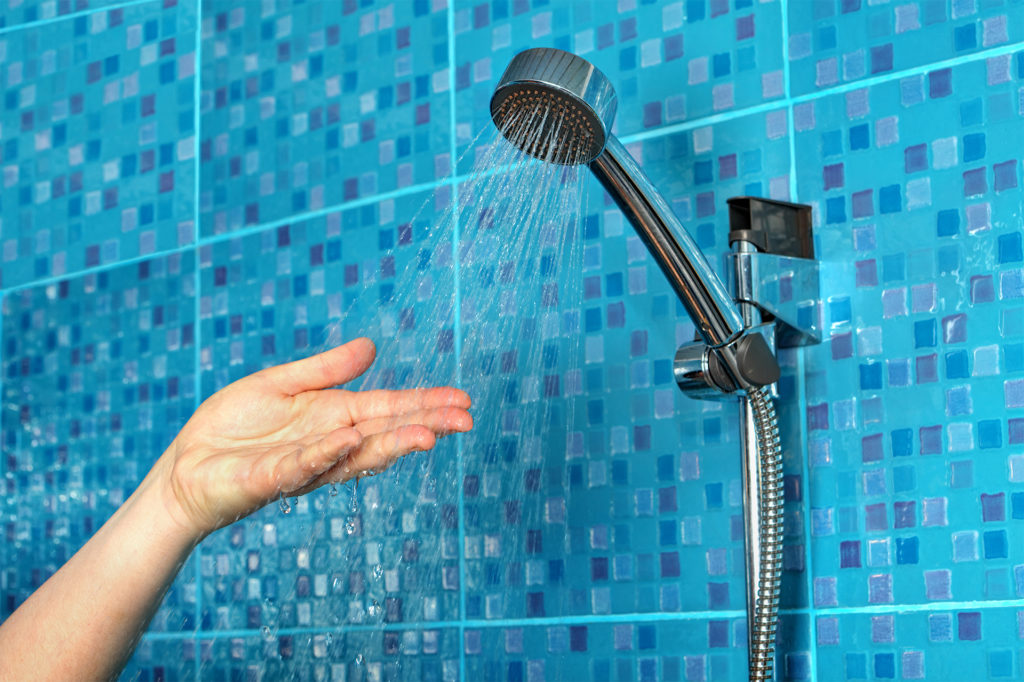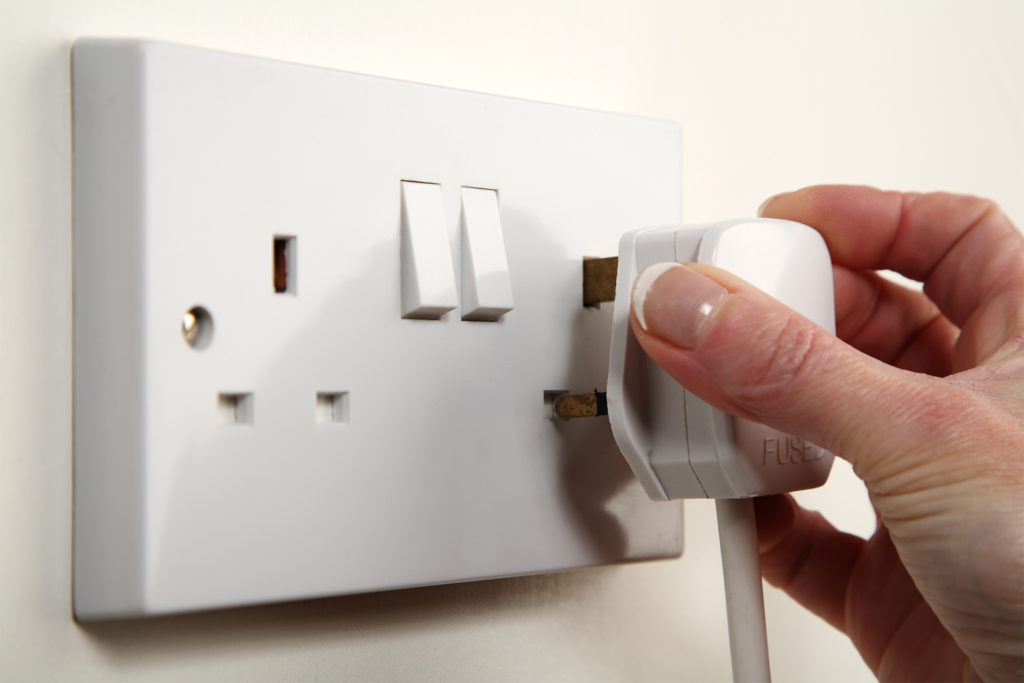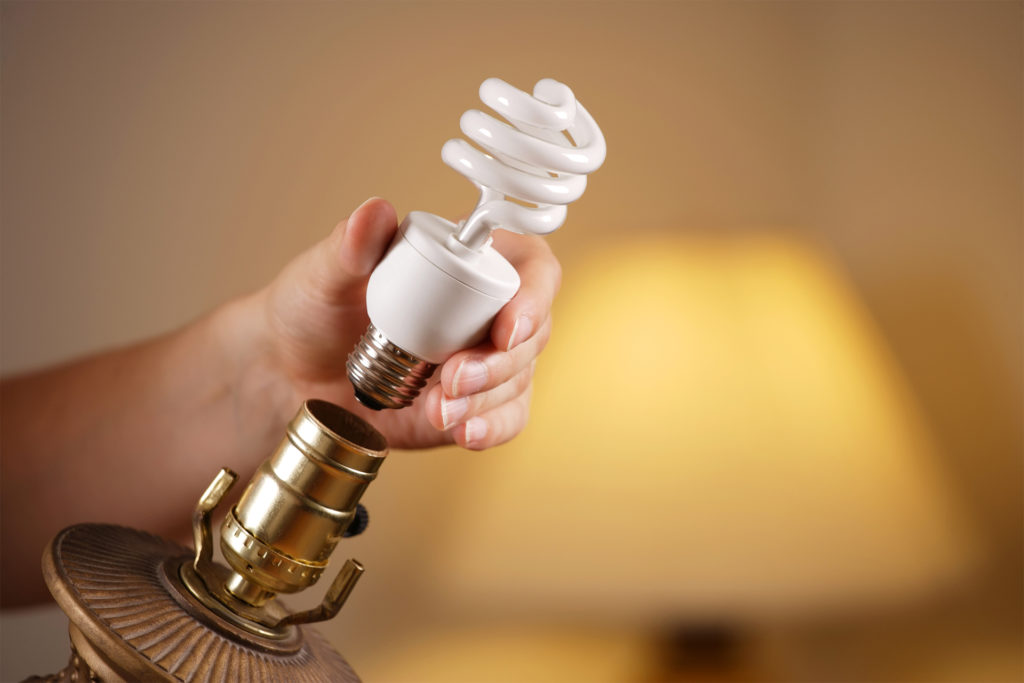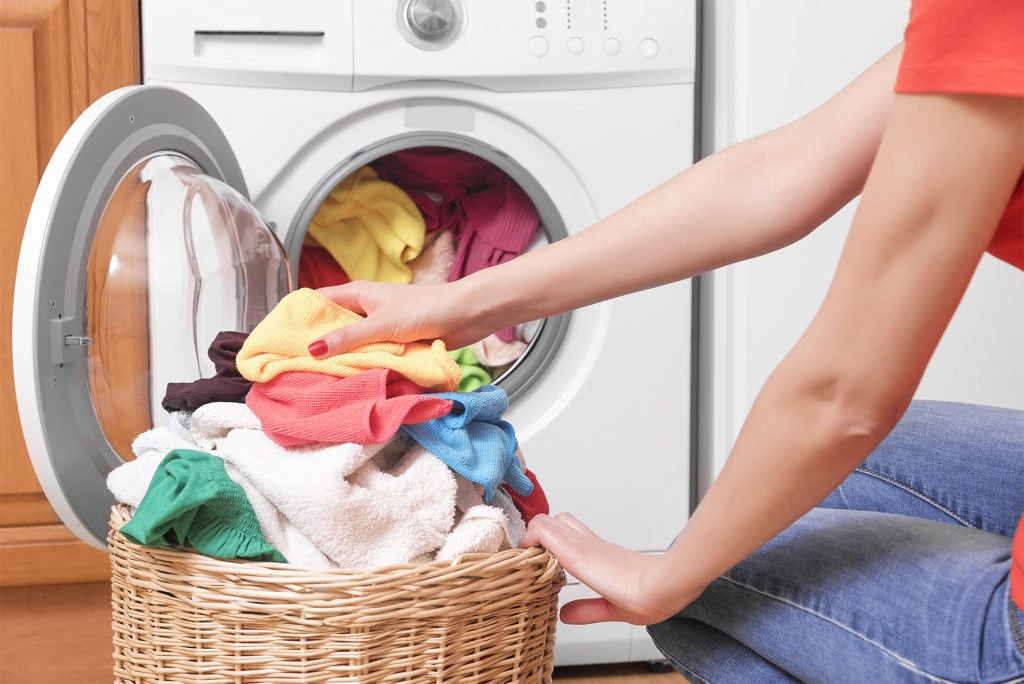7 Easy Lifestyle Changes To Shrink Your Carbon Footprint
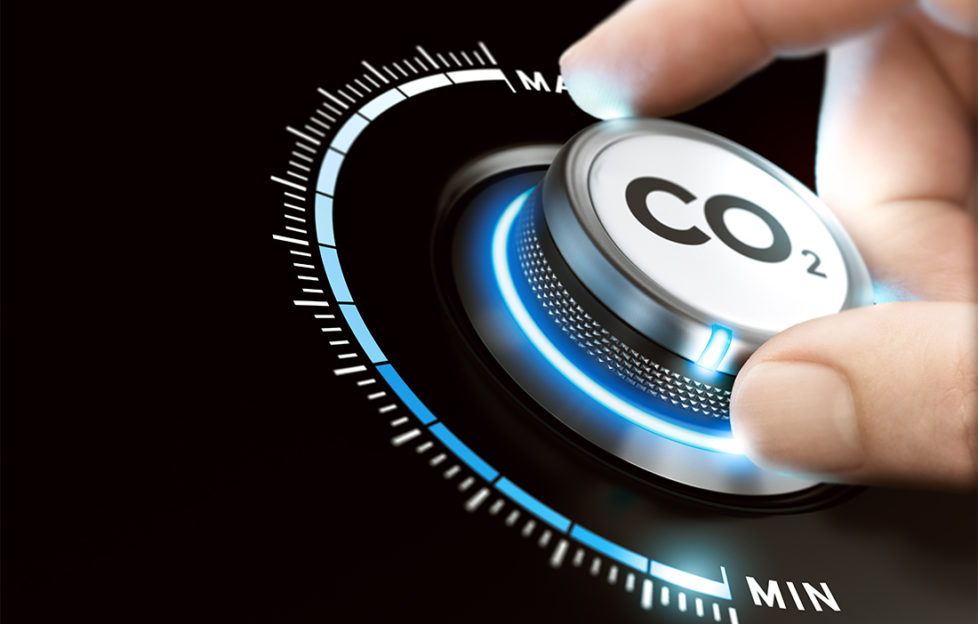
From changing light bulbs to unplugging devices, the experts at Utility Bidder have revealed seven easy ways for us Brits to reduce our impact on the environment, without making any radical or drastic changes.
Drive Less
This is all about reducing mileage and by cutting driving by a third a year, we could reduce our carbon footprint to around 15%. Using public transport, cycling or walking instead of driving can have a significant impact on your CO2 emissions. If you’re looking for a new car, it might be worth considering a more efficient electric vehicle.
Dry Clothes Naturally
Tumble dryers are easy and quick to use, but consume large amounts of energy. By using clothes horses and hanging clothes up on a washing line, you will save just over 4kWh of energy and around 1.8kg of CO2 per cycle.
Buy Less Fast Fashion
It can take up to 20,000 litres of water to make just one new t-shirt and one new pair of jeans. That’s more water than the average person drinks in 12 years. Used clothes, on the other hand, reduce the environmental impact by limiting CO2 emissions and reducing the waste of billions of litres of water that would have been needed to generate new clothes. Buying clothes from a second-hand shop is much better for the environment.
Take Shorter Showers
Showers ise 2.5 gallons of water per minute, and each gallon uses three ounces of carbon dioxide. So, if you shorten your showers by 2 minutes a day, you could save 342 pounds of carbon dioxide each year. The more hot water used, the higher the energy and utility bills will be, so using less water can lower energy costs and help the bank balance.
Unplug Devices
Sometimes known as vampire energy, electricity is still consumed by appliances and electronics even when they are switched off bu still plugged in. It is best to leave electronics unplugged at all times if possible, but it can be hassle running around turning off microwaves, TVs, etc… so one solution might be to use power strips to group the vampire energy into one switch.
Use Energy-Saving Bulbs
Each low energy light bulb in comparison to a traditional bulb can save 2000 times its weight in carbon dioxide emissions over 5-8 years. Whilst some can be expensive bulbs, they last much longer and will ultimately end up saving money on energy bills, as well as helping reduce carbon emissions.
Wash Clothes In Cold Water
Doing laundry on a cold-water setting can reduce a washing machine’s carbon emissions by a massive 75%! Using cold water is fine for most clothes and other items that go in the washing machine. It can remove any stains from clothing, including grass on children’s jeans or makeup smudges on a sweater.



